
© AFPResidents of Tel Aviv celebrating the passage of Resolution 181, November 29, 1947
Israeli Prime Minister Benjamin Netanyahu promised to annex parts of the occupied West Bank if re-elected in last month's General Election, eliciting outrage from world leaders. However,
that "promise" to usurp not just the West Bank, but all of Palestine, is century-old news, an ongoing promise being kept, and no international outrage has ever really mattered in any case.
A well-worn chapter of Israel's creation myth explains its conquests thus: When in November 1947, the United Nations proposed partitioning Palestine into two states (General Assembly Resolution 181), Israel's founders embraced the offer with gratitude, whereas the Palestinians scoffed at it and attacked the fledgling "Jewish state".
The result of this alleged Palestinian intransigence? The "fundamental fact", as the pro-Israel spin-doctors at
CAMERA put it, is that had the Palestinians accepted partition, there would have been a Palestinian state since 1948, "and there would not have been a single Palestinian refugee".
This is more than bizarre rationalisation for seven decades of imperialism and ethnic cleansing;
it is historical invention. The Zionist movement never had any intention of honouring any agreement that "gave" it less than all of Palestine. Mainstream leaders like the "moderate" Chaim Weizmann and iconic David Ben-Gurion feigned acceptance of partition because it handed them a weapon powerful enough to
defeat partition: statehood.
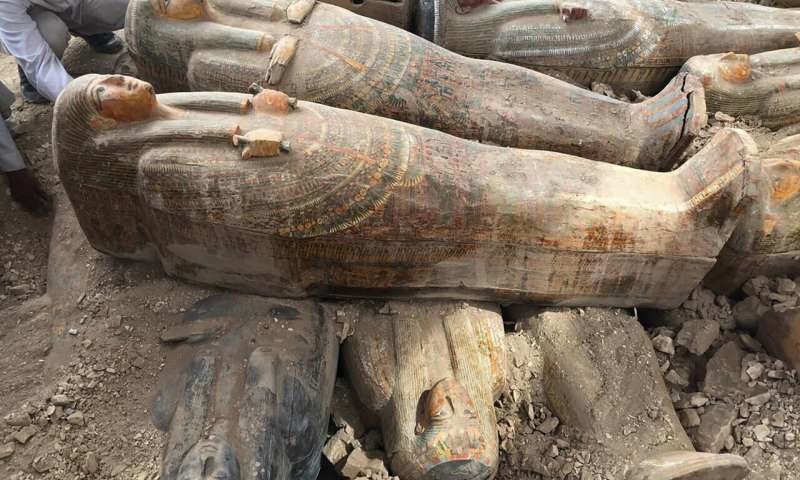
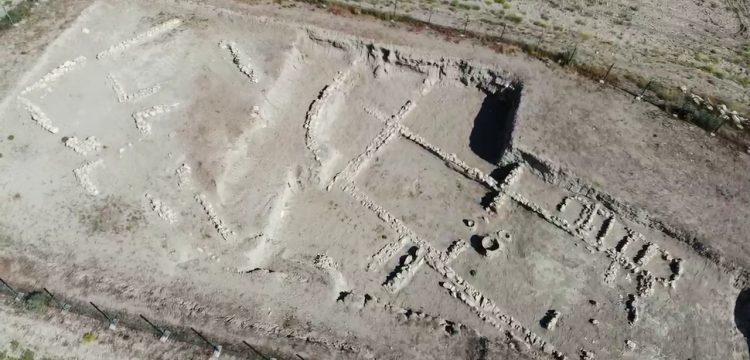

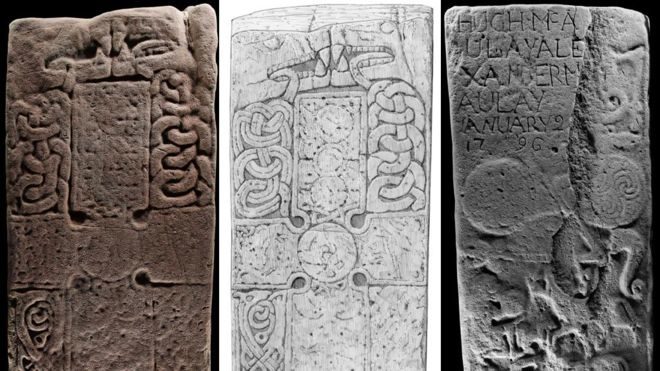

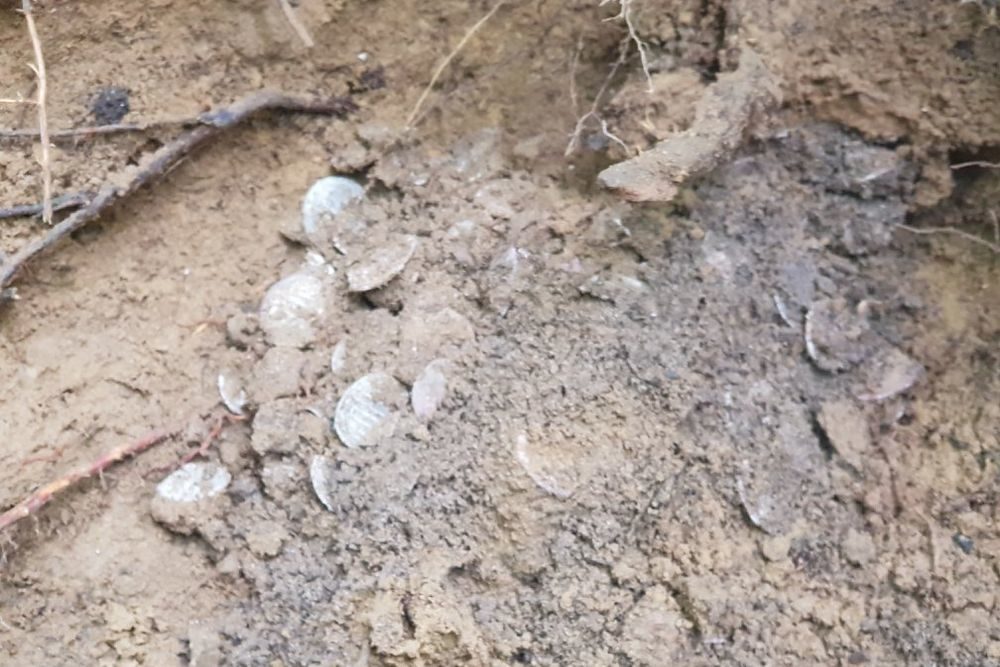
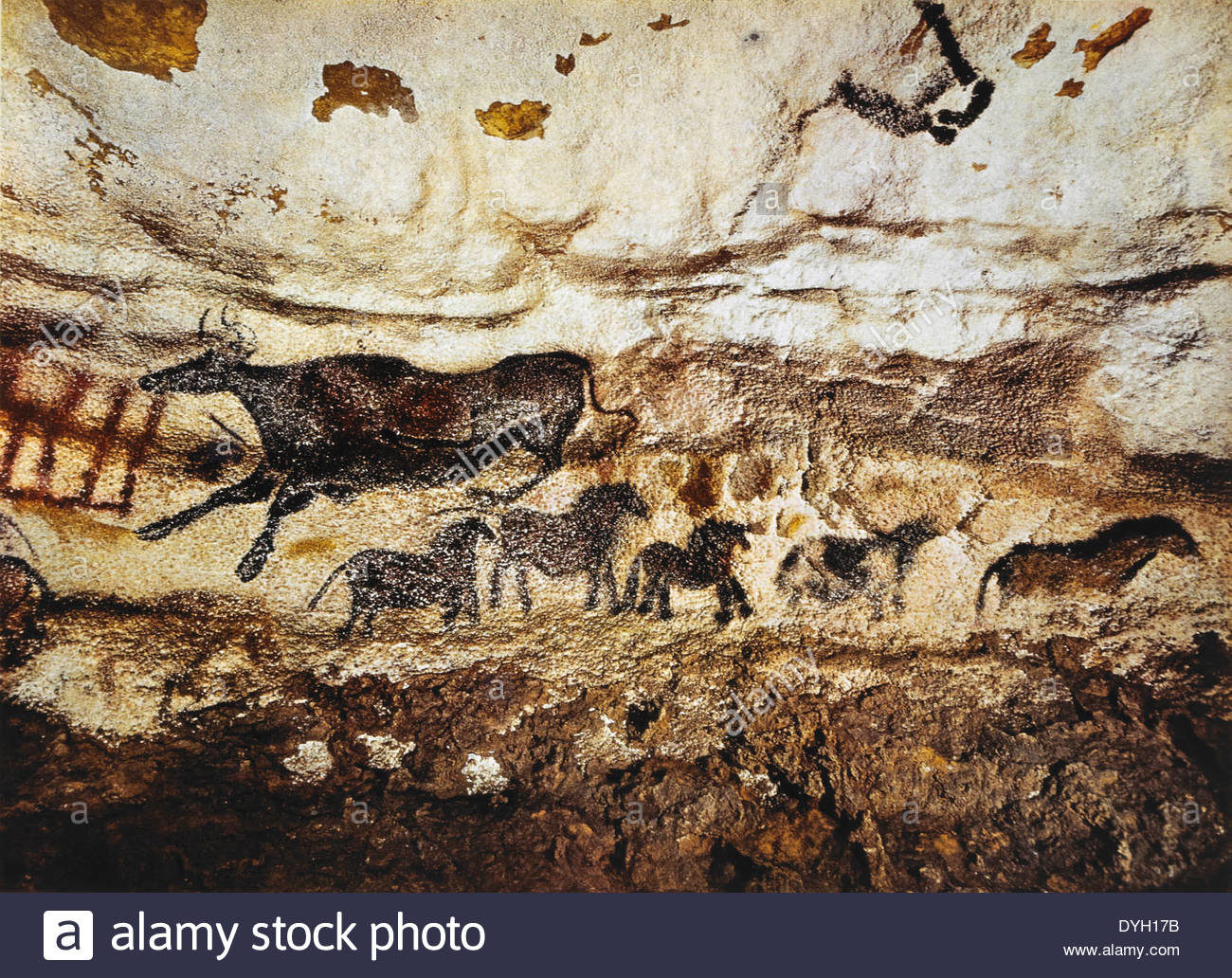

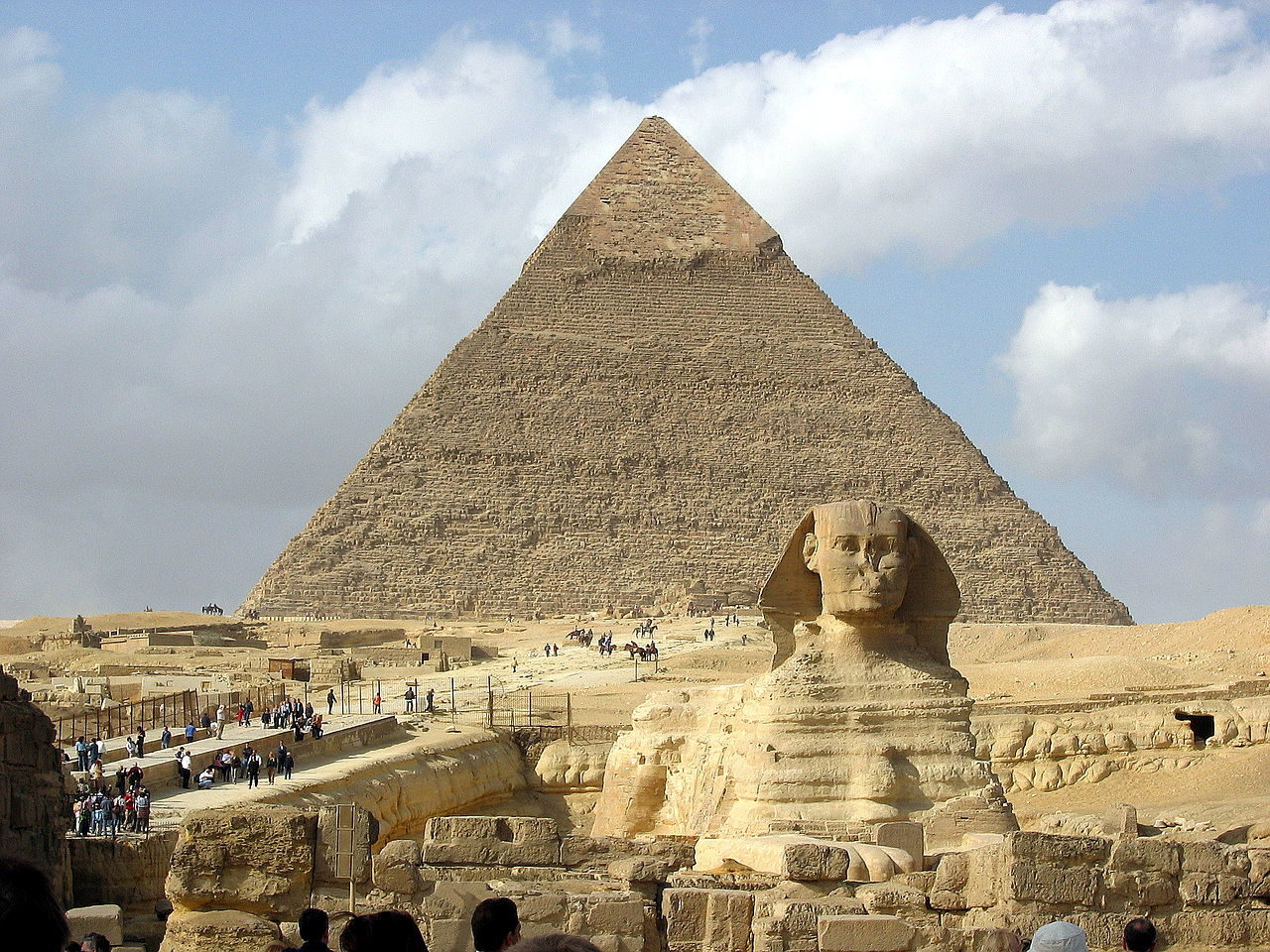
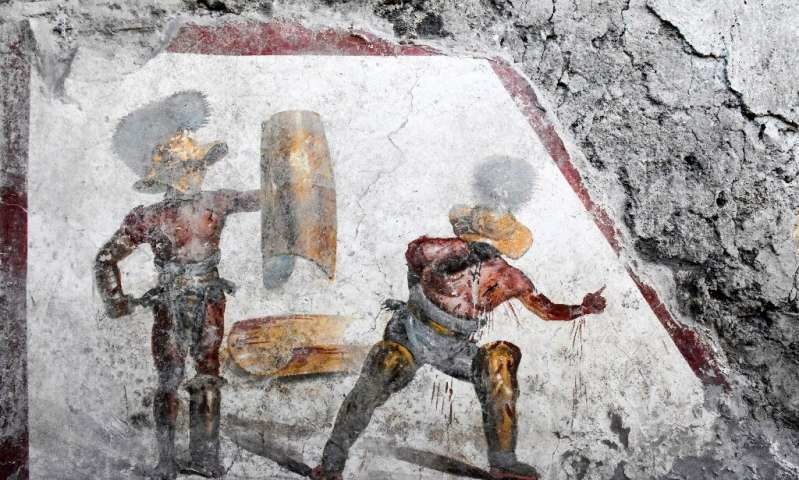



Comment: See also:
- 6ft "Pictish stone" with eagle symbol discovered in north of Scotland
- Is key to indecipherable Pictish stones to be found in ancient Tibetan symbols?
- Brutally murdered Pictish chieftain was heavily built and ate "nothing but suckling pig"
- Crannogs: Neolithic artificial islands in Scotland stump archeologists
Also check out SOTT radio's: